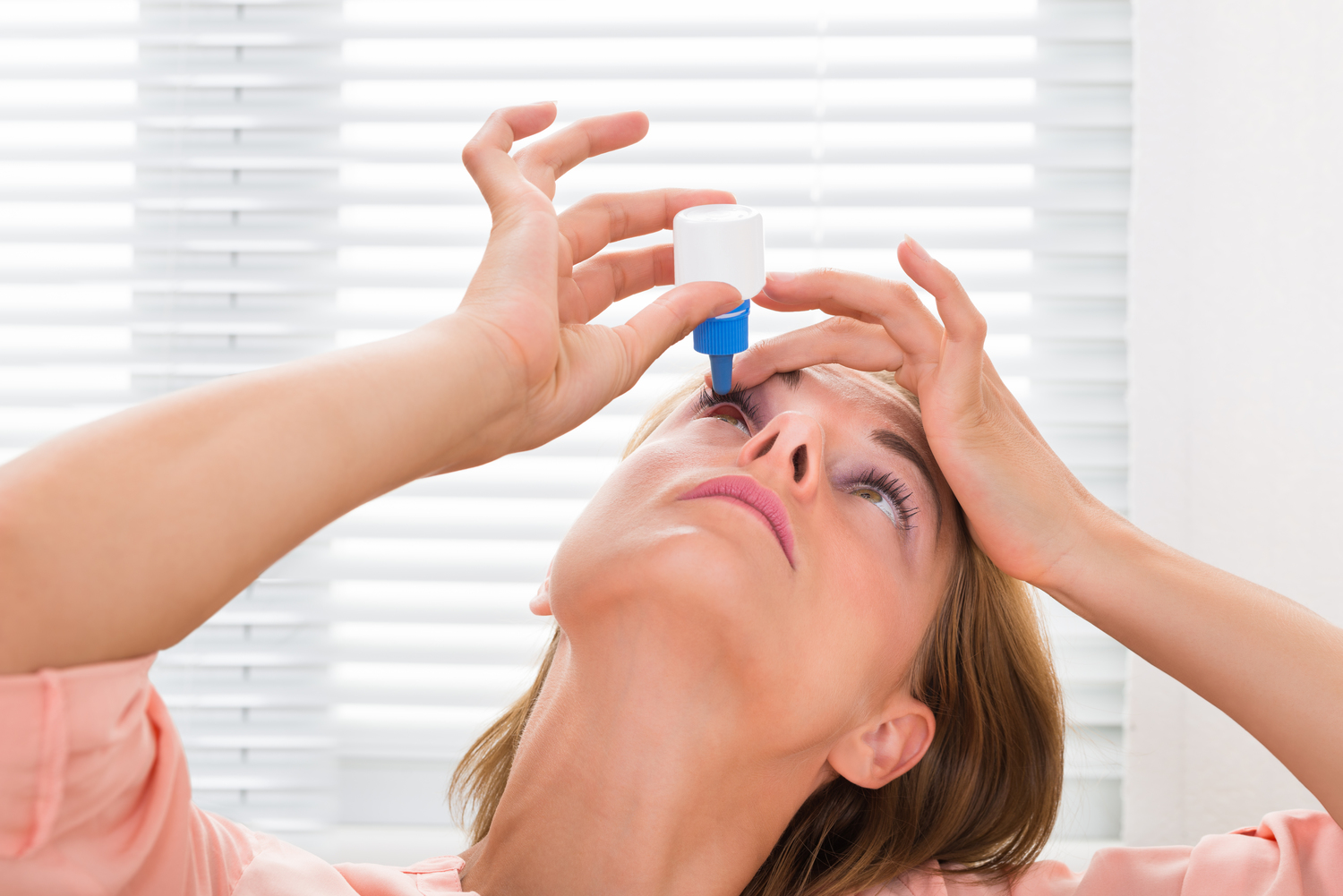
Causes and Symptoms of Dry Eyes
Dry eyes, popularly known as keratoconjunctivitis (KCS), is a medical condition that causes reduced tear production. KCS can be acute or chronic. Acute KCS occurs over a short period and is often resolved quickly, while chronic KCS happens over prolonged periods. Symptoms of chronic dry eyes include itchy eyes, feeling of foreign body in the eyes, sore eyes, photo-phobia, blurred vision, and red eyes. All these symptoms are indicators of inflammation.
Here are some of the probable causes of KCS, or dry eyes:
1. Aging
Age is associated with reduced production of natural tears. This is more predominant in women who are experiencing menopause. The hormonal imbalance associated with menopause will cause dry eyes in women. However, hormonal replacement therapy does not reverse the condition. It is advocated for such patients to use artificial tears, in case the dry eyes are severe.
2. Medications
Drugs such as antihistamines, antimuscarinics, and antidepressants may cause dry eyes because they work by reducing bodily secretions, including tears. They mainly affect the aqueous layer of the tear film.
3. Sjogren’s syndrome.
Sjogren’s syndrome is an auto-immune disease in which the white blood cells target and destroy secretive glands such as salivary glands and lacrimal glands. Lachrymal glands are responsible for tear production; thus, their destruction will ultimately lead to reduced tear production and, consequently, dry eye disease. It is recommended that such patients use artificial tears, and in severe cases, restasis for dry eyes can be used. Restasis is a steroidal medication composed of 0.05% cyclosporine eye emulsion. Other auto-immune diseases that are associated with dry eyes include diabetes, arthritis, and lupus. The mechanism in which they cause dry eyes may differ.
4. Increased tear evaporation
The tear film is made up of three layers; the outermost aqueous layer, an oily layer, and a mucin layer. Each layer is secreted by different glands, namely the lacrimal gland, the meibomian glands, and the goblet cells, respectively. Destruction of any of these glands leads to the formation of an impaired tear film. The outermost aqueous layer evaporates easily, especially when exposed to long screen-time. Such individuals should practice the 20-minute rule that depicts that after 20 minutes of screen time, one should look at an object approximately six meters away. Also, it is advocated that you should blink often, this facilitates the regeneration of the protective tear film on the eyeball.
5. Environmental factors
Windy and arid environments facilitate tear evaporation, consequently dry eyes. Also, air conditioners, air heating systems, and low indoor humidity will accelerate the process of tear evaporation. Air cabins are known to be dry; therefore, frequent flyers or air cabin crew members may experience symptoms of dry eyes due to the long exposure periods.
6. Wearing of Contact lenses
The use of contact lenses for extended periods may predispose an individual to develop dry eyes from contacts. Contact lenses will hinder oxygenation of the corner and consequently lubrication of the eye, thus causing dry eyes. It is recommended that contact lenses should be worn a maximum of 12 hours, and individuals who use contact lenses should not sleep while wearing contact lenses. Contact lenses also predispose an individual to eye inflammation, eye allergies, and eye infection, which may manifest as dry eyes.
7. Mild dehydration
Mild dehydration will result in dry eyes. It is resolved by increasing the consumption of water and other necessary electrolytes.
8. Vitamin A deficiency
Vitamin A is a vitamin that is primarily involved in eye biology. Lack of vitamin A in the diet is associated with night blindness and dry eyes.


